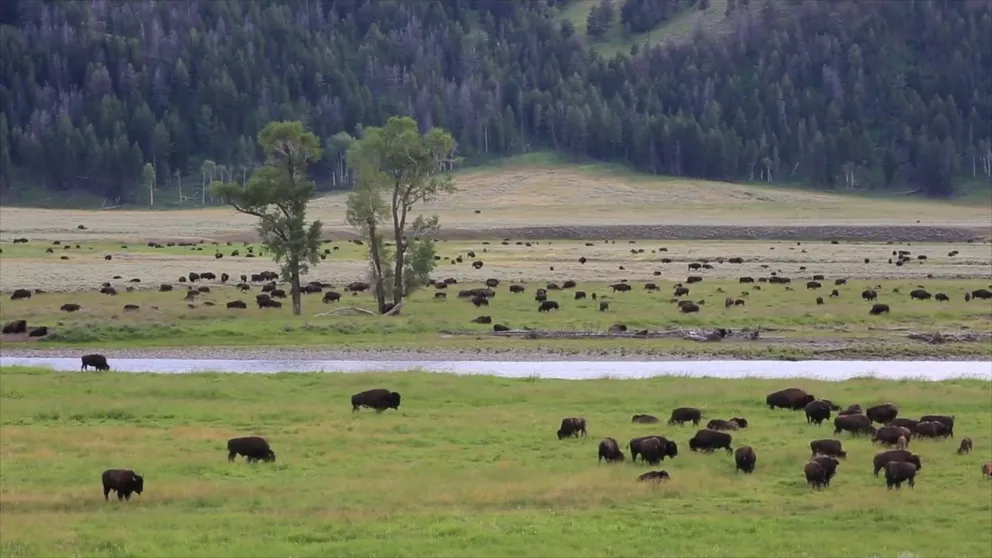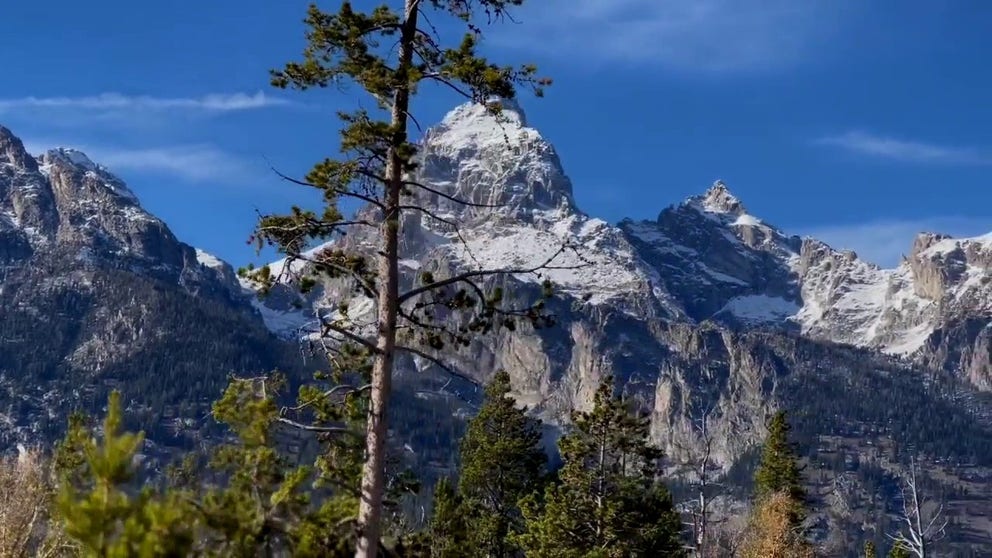Average temperatures expected to continue rising in Yellowstone area
An estimated 4,472,982 visitors have been to Yellowstone National Park so far this year
Recent decades likely warmest in Yellowstone of past 800K years
Average temperatures in the Yellowstone region have risen a few degrees since 1950, and by the end of the century, they could rise an additional 10 degrees.
YELLOWSTONE NATIONAL PARK - Temperatures have been on the rise in the areas surrounding Yellowstone National Park over the past few decades, and studies show that the increase could continue.
Temperatures in the region have increased by more than two degrees since 1950 and are expected to increase by an additional five to 10 degrees by the end of the century, according to scientists with the United States Geological Survey, Montana State University and University of Wyoming.
Take a look around Grand Teton National Park in Wyoming
Mountains, lakes, rivers and animals. Check out the beautiful scenery inside Grand Teton National Park.
Studies show that the average temperatures in the Yellowstone region over the past few decades are likely the warmest of the past 800,000 years, and snowfall has decreased by nearly 2 feet since 1950. And communities in the area could also see between 40 and 60 more days per year with temperatures above 90 degrees.
Yellowstone National Park and Grand Teton National Park, including the forests and lakes that surround the region, are being monitored with the hopes of preserving them for years to come. And if urban sprawl continues it will hopefully be done safely.
Parks see record number of visitors in 2021
With many COVID-related travel restrictions being lifted, more and more people have taken a much-needed vacation this year.
In fact, both Yellowstone National Park and Grand Teton National Park have both seen a record-setting number of visitors in 2021. So far this year Yellowstone has seen 4,472,982 visitors. That’s an increase of 32 percent from the same period last year and up 17 percent from 2019.
The park hosted 882,078 visitors in September alone, which is a 5 percent increase from 2020 and a 27 percent increase from 2019. It’s now the busiest September on record for the national park.
The same is true at Grand Teton National Park.
September 2021 was the second-busiest on record. The park saw an estimated 570,584 visitors, which is a 10 percent increase from September 2019, and a 5.5 percent decrease from September 2020.
Park staff will be analyzing the data conducted over the summer to understand visitor trends. Park officials said July and August have historically been the busiest months of the year, but the number of visitors in the spring and fall are also on the rise.











